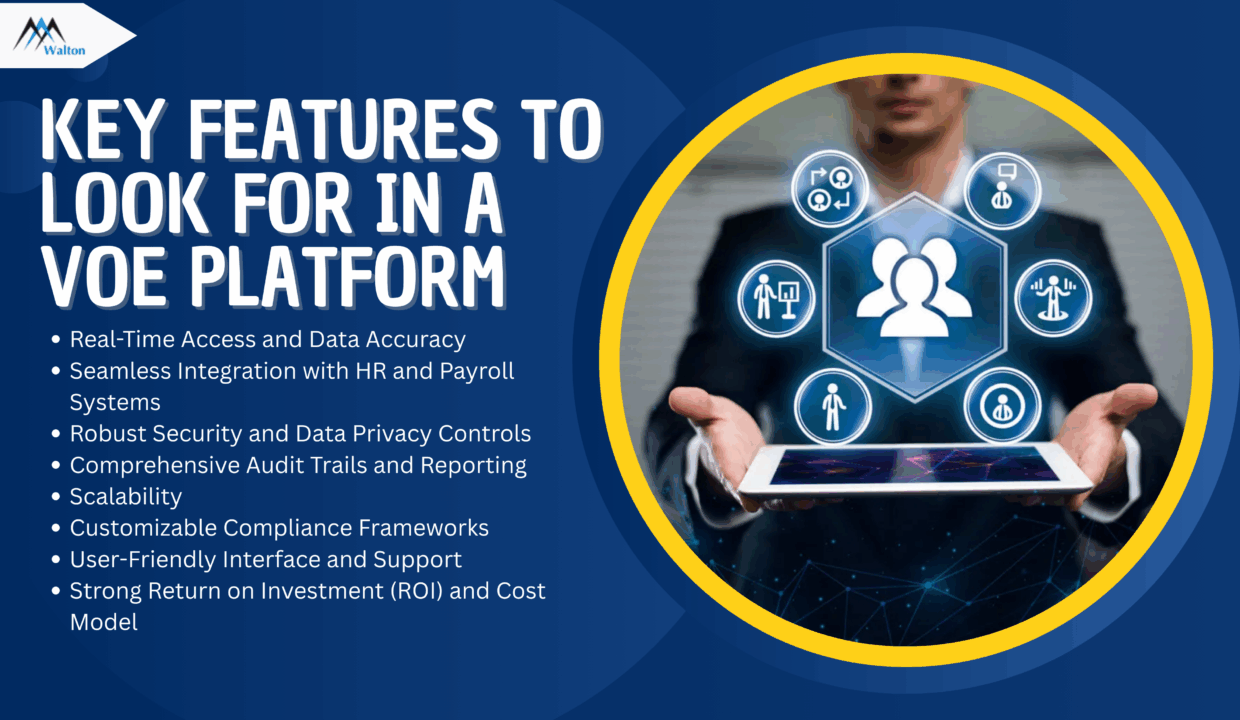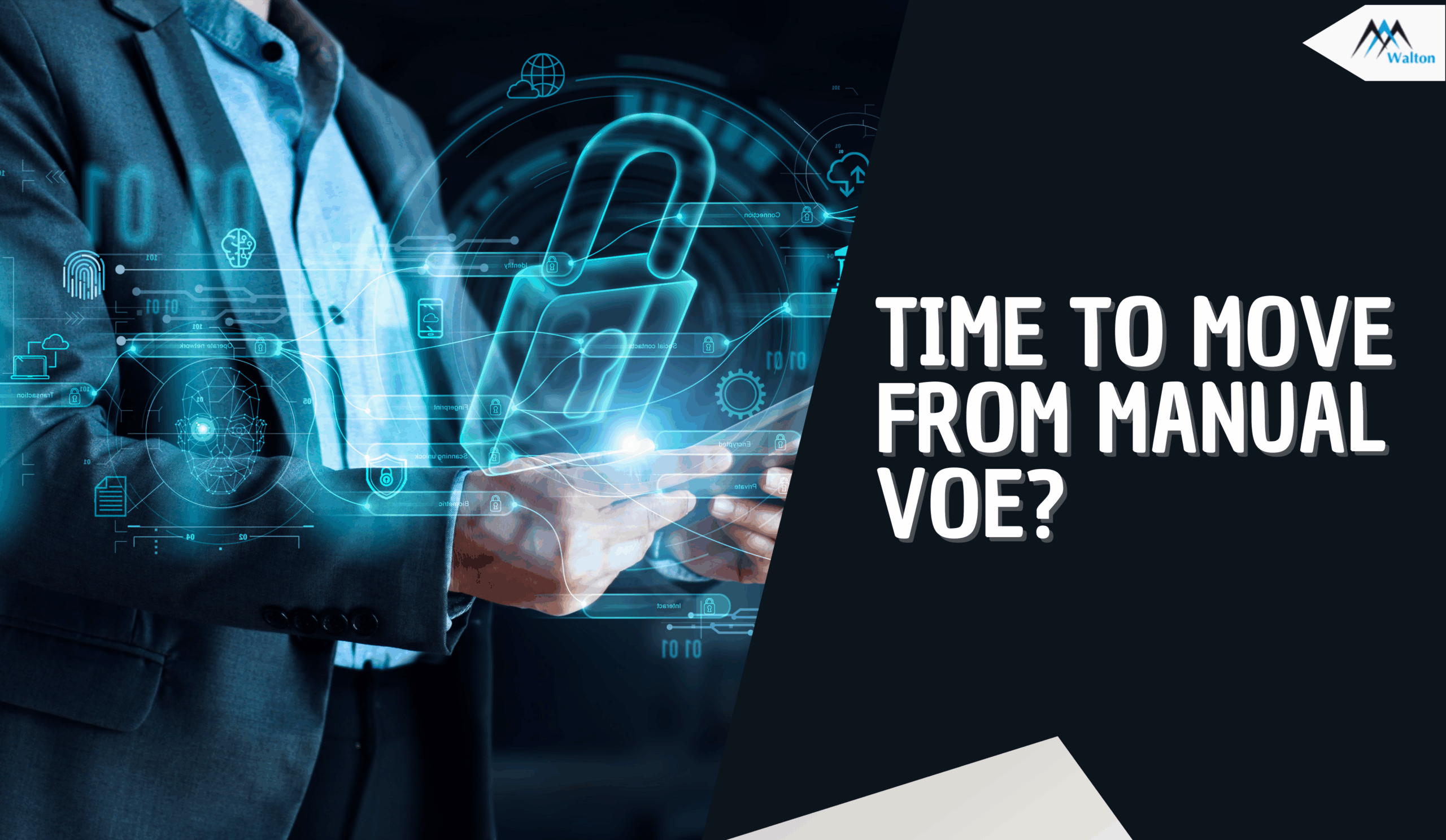Introduction
Employment verification, or Verification of Employment (VOE), is a vital yet often overlooked part of HR operations. From mortgages to background checks, employees rely on us to provide timely and accurate data. Manual methods like emails or phone calls slow the process, create compliance risks, and expose sensitive information to security threats. Automated verification of employment simplifies HR compliance, making the process faster, safer, and more reliable.
Automated VOE delivers accuracy, security, and efficiency. With HR software and payroll integration, we can replace outdated workflows, save HR teams valuable time, and prevent delays that frustrate employees during loan or housing applications.
The Hidden Costs of Manual VOE
At first glance, handling verification of employment manually might seem cost-effective. HR staff answer phone calls, fax forms, and respond to emails without investing in new HR software or advanced payroll integration. But the hidden costs of manual VOE quickly outweigh the perceived savings.
Time Inefficiencies
Every manual verification of employment request consumes valuable HR hours. When HR professionals spend time re-checking records, confirming dates of employment, or repeatedly sending documents, it pulls them away from higher-value tasks like talent development or compliance planning.
Errors and Risk Exposure
Manual processes are prone to human error. A mistyped start date, a missing job title, or a forgotten consent form can lead to major compliance issues. Under the Fair Credit Reporting Act (FCRA), inaccurate employment data in a verification of employment report can even trigger legal consequences. Automation through modern HR software and payroll integration eliminates most of these risks by pulling directly from verified payroll data.
Security Concerns
Manual VOE often involves sending sensitive employee data via unsecured channels like email or fax. This increases the risk of data breaches and identity theft. With stricter data privacy regulations coming into play, including state-level privacy laws, businesses can no longer afford such vulnerabilities. Forbes notes that companies are rapidly shifting to secure digital workflows to prevent data exposure.
Negative Employee Experience
Slow, error-prone verification of employment processes affects employees directly. A delayed mortgage approval, stalled background check, or postponed housing application can create frustration and erode trust in the employer. Centralized solutions with payroll integration help eliminate these pain points, ensuring employees get what they need quickly.
5 Signs It’s Time to Transition
Not every organization realizes the tipping point for moving from manual processes to a centralized, secure verification of employment system. Here are the most common signs that it’s time to make the switch.
Growing Request Volume
When HR staff are buried under a steady stream of verification of employment requests, it’s a clear signal that manual processes no longer work. The more employees you have, the more requests you’ll face, and without HR software or proper payroll integration, this quickly becomes unmanageable.
A Walton Management client recently automated nearly 8,000 verification requests, saving around $100,000 in administrative costs. That’s money and time directly returned to HR.
Compliance Concerns
If your current VOE process lacks clear audit trails, you’re exposed. Laws like the Fair Credit Reporting Act (FCRA) require accurate reporting and employee consent. Centralized HR software with payroll integration automatically logs who requested data, when, and with what consent, creating a verifiable audit trail.
Security Risks
Emails, phone calls, and faxes are no longer secure enough for sensitive employee information. In fact, IBM’s 2024 Data Breach Report found that the average cost of a data breach to U.S. organizations exceeded $9 million. A centralized verification of employment system with encryption and access controls drastically reduces that risk.
The Advantages of a Centralized, Secure VOE System
Switching from manual processes to a centralized employment verification platform is more than a workflow upgrade; it’s a strategic investment in compliance, security, and employee trust. Choose the right VOE compliance solution for your organization, and when HR software and payroll integration are combined into a secure VOE system, the benefits are clear.
Faster Turnaround Times
Manual verifications often take days, sometimes even weeks, to complete. A centralized verification of employment solution processes requests in real-time or within hours, for employees applying for loans, leases, or government programs; speed matters.
Improved Accuracy
Human error is one of the biggest flaws in manual VOE. With centralized HR software and direct payroll integration, employment data is pulled directly from verified payroll records. This minimizes mistakes, ensures accuracy, and protects organizations from costly compliance issues.
Stronger Security
Emails and faxes leave sensitive data exposed. Centralized systems rely on encryption, consent controls, and role-based access, dramatically lowering the risk of data breaches. With the average cost of a data breach in the U.S. now exceeding $9 million, investing in secure verification of employment processes is a safeguard against financial and reputational damage.
Audit-Ready Compliance
Every request, consent, and response is logged automatically. Centralized VOE systems provide clear audit trails, which are critical for FCRA and other compliance requirements. This makes it easier for HR leaders to respond to regulators and maintain trust with stakeholders.
Cost Savings & ROI
By automating repetitive tasks, businesses cut down on administrative overhead. Walton Management’s case study showed one employer saved approximately $100,000 annually after transitioning from manual VOE. Those savings came directly from reduced labor hours and faster processing.
Better Employee Experience
A faster, more secure verification of employment process directly benefits employees. They get quicker loan approvals, faster job transitions, and smoother onboarding experiences. That translates into higher employee trust and satisfaction.
Key Features to Look for in a VOE Platform
When evaluating a Verification of Employment (VOE) solution, it’s essential to select a platform equipped with the right features to ensure efficiency, security, and regulatory compliance. Here’s what to prioritize:

Real-Time Access and Data Accuracy
Look for platforms that offer instant, accurate Verification of Employment through real-time data access, often via direct Payroll integration. Walton’s VOE compliance guide emphasizes the importance of removing manual delays and pulling from verified payroll sources for accuracy and speed.
Seamless Integration with HR and Payroll Systems
Your VOE platform should integrate smoothly with existing HR Software and payroll systems, such as HRIS, applicant tracking, or time tracking tools, to prevent duplicate efforts and ensure data integrity.
Robust Security and Data Privacy Controls
Given the sensitivity of employment data, the VOE provider must offer encryption, secure storage, and role-based access controls. The right HR Software and Payroll integration reduces reliance on insecure channels like email or fax, minimizing breach risks.
Comprehensive Audit Trails and Reporting
For regulatory compliance under laws such as FCRA, every VOE request must be logged with details of who requested it, what was released, and when. Walton’s own platform delivers built-in audit trails and on-demand reporting to support audits and internal reviews.
Scalability
Whether your organization manages hundreds or thousands of verification requests, the VOE platform should scale with ease. Look for features like bulk processing and the ability to handle high volumes without additional manual effort, especially through integrated Payroll integration.
Customizable Compliance Frameworks
Industries face unique regulatory requirements. A top VOE solution should allow configuration for compliance checkpoints (e.g., consent tracking, regional regulations) and offer templates or alerts when laws change.
User-Friendly Interface and Support
Your VOE system should have an intuitive dashboard and self-service options that make it easy for HR teams and requestors to use, even without technical training. Excellent vendor support ensures a smooth transition and quick issue resolution.
Strong Return on Investment (ROI) and Cost Model
Beyond efficiency, the platform should lower the overall costs associated with Verification of Employment. Walton’s zero-cost-to-employer approach shifts fees to third-party requestors (e.g., lenders), providing operational savings while retaining full accountability and compliance.
Why These Features Matter
- Faster, more accurate verifications free up HR teams for strategic work.
- Integrated systems eliminate redundant data entry and reduce mistakes.
- Secure, audit-ready platforms ensure legal compliance and protect sensitive employee data.
- Scalable and customizable solutions grow with your organization and adapt to evolving requirements.
Finding the right blend of Verification of Employment, HR Software, and Payroll integration in a VOE platform helps organizations modernize HR workflows while safeguarding security and compliance.
Real-World Impact
To understand the difference between manual processes and centralized Verification of Employment systems, let’s look at a real-world scenario.
Before: Manual Processes, Mounting Frustrations
A mid-sized healthcare provider with 3,000 employees was handling VOE requests manually. HR staff spent 10–15 hours per week responding to mortgage lenders, government agencies, and background screeners. Each request required pulling data from multiple sources, payroll files, employee records, and sometimes managers, creating delays and risking errors. Employees waiting for loan approvals expressed frustration, and HR leaders noted that these tasks pulled time away from talent strategy and workforce planning.
After: Transition to a Centralized, Secure VOE Platform
The organization partnered with Walton Management to adopt a centralized Verification of Employment platform with full payroll integration. The solution automates verification requests by pulling data directly from the company’s payroll system and using secure, encrypted channels to deliver responses.
Key results:
- 70% reduction in HR time spent on VOE, saving more than 600 labor hours per year.
- 100% audit-ready records ensured compliance with FCRA and industry regulations.
- Improved employee experience, mortgage approvals, and housing applications were completed faster, often within hours instead of days.
- Zero employer cost, as the system transfers processing fees to third-party requesters like lenders.
This experience echoes broader findings. A HR Tech report notes that organizations adopting integrated HR software with payroll integration can cut administrative time by 30–40%, freeing HR teams to focus on strategic initiatives.
The Bigger Picture
The healthcare provider’s results are not unique. Companies across industries, such as financial services, retail, and logistics, report similar benefits when moving away from manual verification of employment processes. Transitioning to centralized systems doesn’t just save time; it improves compliance, strengthens data security, and enhances the employee experience.
Conclusion
Centralized HR technology has redefined how we manage Verification of Employment, making manual processes outdated and risky. At Walton Management, we provide secure, automated VOE solutions that integrate seamlessly with HR Software and Payroll systems. Our approach streamlines requests, safeguards employee data, and ensures compliance with audit-ready processes. By reducing administrative burdens, we give businesses the tools to stay ahead while employees receive quick, reliable verifications. For us, modernizing VOE isn’t just an upgrade; it’s a necessity for long-term success.

